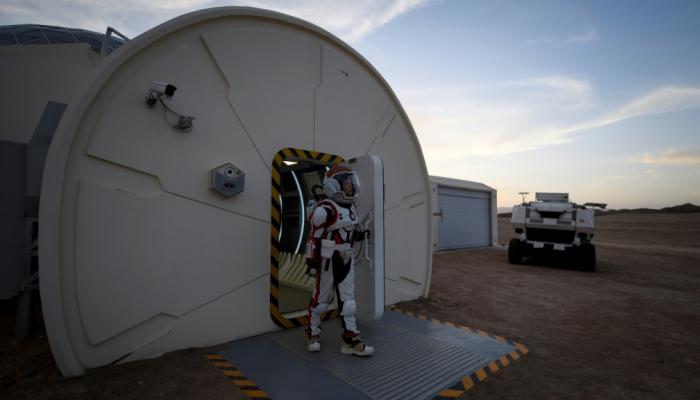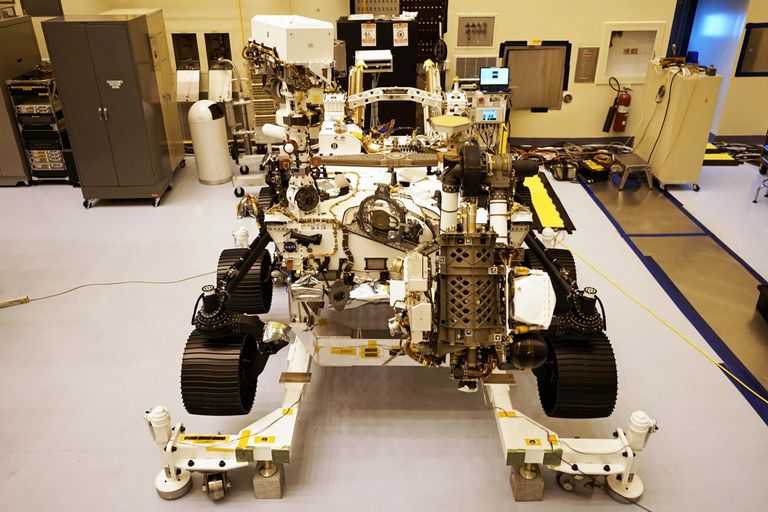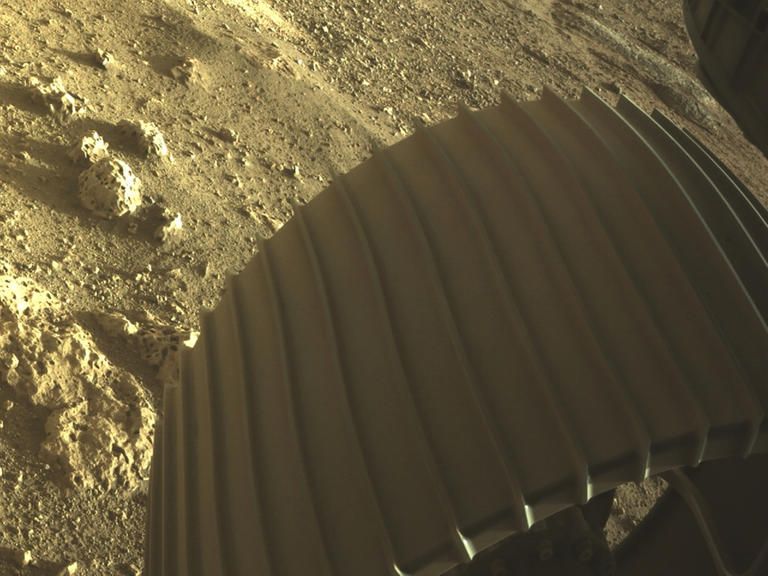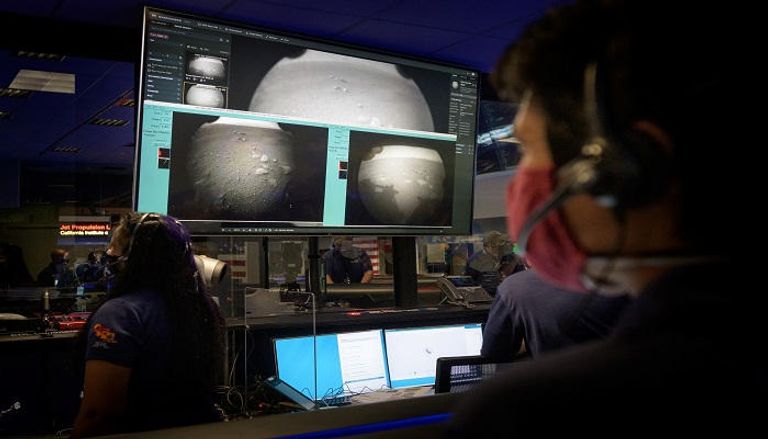
[ad_1]
NASA’s “Perseverance” robot has become the fifth such spacecraft to complete the journey to Mars.
But the human role has yet to come and the date is not expected to be any near, although human flights to this space destination is an old goal that was set decades ago.
NASA Acting Administrator Steve Gorshik said: “By the middle of the third decade of this century, we could start using the means we use to reach the moon and send astronauts to Mars.”
And while the major technological difficulties have been almost resolved, many factors are still missing from the equation.
Technical difficulties

The trip to Mars takes about 7 months and astronauts are expected to spend 30 days there initially, according to NASA. The average temperature is 63 degrees below zero, in addition to a lot of radiation, and the atmosphere contains 95% carbon dioxide.
As for gravity, it does not exceed 38% of Earth’s gravity. But J. Scott Hubbard, who was at NASA and led the first Mars program, said: “We have learned a lot about microgravity from the International Space Station.”
However, there are many technologies and equipment that still need to be tested.
And “Perseverance” brought several tools to Mars in preparation for human missions in the future, including a device the size of a car battery called “Moxie” will attempt to produce oxygen directly at the site, by absorbing carbon dioxide from the atmosphere. of Mars, similar to what plants do. This oxygen will allow future human settlers to breathe, and it will also be used as fuel.
The Artemis program, on which NASA is now focusing its efforts to return astronauts to the moon, is a proving ground for human missions to Mars.
A new spacesuit will be tested on the moon that offers better mobility and protects against very low temperatures. The tests also include a small nuclear power plant to generate electricity, including during dust storms that could block the sun for months on Mars, leading to the rejection of the use of solar panels.
The advantage of first testing everything on the moon’s surface is that help can be sent to it. “If things go wrong (on Mars), it will be years” from Earth, Jonathan McDowell of the Harvard Smithsonian Center for Astrophysics told AFP.
And space analyst Laura Vorschek said sending humans to Mars is “feasible”, but stressed that “sending robots now is safer” because required safety standards are lower. .
Political will

However, the major obstacle remains political will and the funding that goes with it. In 1990, former President George W. Bush announced the goal of sending a human to Mars before the fiftieth anniversary in July 2019 of the first step on the moon.
Similar promises made by three of his successors (George Bush Jr., Barack Obama and Donald Trump) did not carry any concrete program.
Will the goal be achieved in the thirties of this century? J. Scott Hubbard replied: “It is possible … but without the political will of the administration and Congress it will not happen.”
President Joe Biden has yet to name an original NASA director, or announce his vision for space at this time. Its spokesperson only claimed to “support” the Artemis program.
Laura Vorschek expected a “delay” from the date set in 2024 to achieve the goal of bringing astronauts back to the Moon, which would lead by the “domino effect” to a delay similar to the Mars program, whereas there is greater credibility in aspirants to achieve the goal of sending humans to the Red Planet during the forties of this century.
Could Space X precede NASA?

In light of this, can “SpaceX” be able to precede NASA, given that the explicit purpose of creating the company owned by billionaire Elon Musk is to enable the colonization of Mars?
The American space agency relied on its “SLS” (Space Launch System) missile to perform the flight. It will be tested at the end of 2021 at the earliest and will not be inhabited. The project suffered from increased costs and additional delays, including a failed engine test in January.
As for “Spice X”, it seeks to develop the “Starship” missile, two prototypes of which were recently destroyed during their tests, thus creating two large balls of flame.
And unlike taxpayer-funded agencies, Elon Musk invests his own money, so he can take as much risk as he wants.
J Scott Hubbard, who heads a committee of experts in the field of security at the company, said that “Space X”, thanks to its “fast approach”, might be able to own “a spacecraft ready before. The NASA”. But he made it clear that getting humans on the journey “requires advanced equipment” to keep them alive, something NASA has invested in for decades.
From there, NASA and SpaceX can move from competition to partnership to finally reach that milestone.
Source link